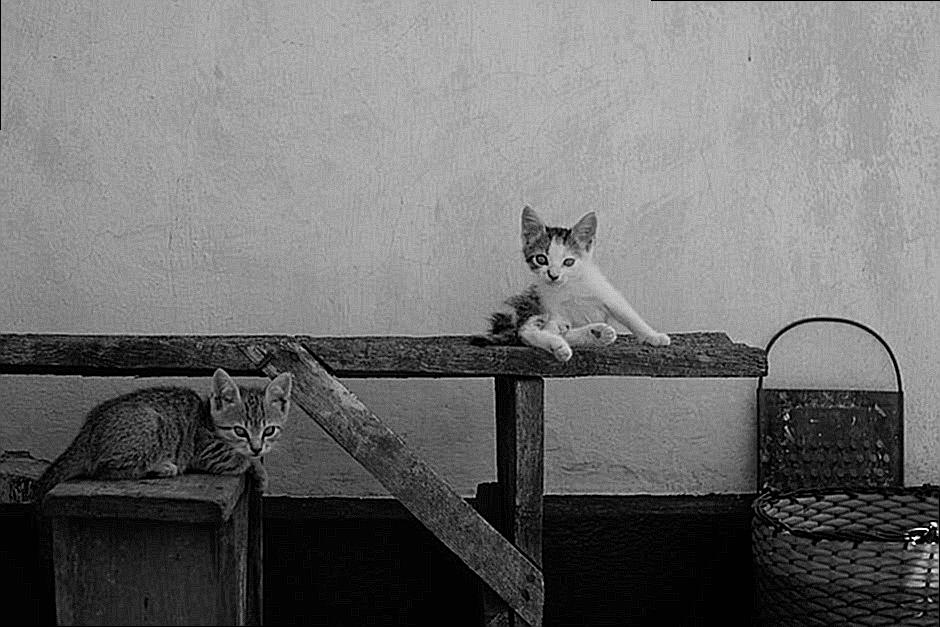
For a long time, declaring cats has been a contentious topic in the animal welfare world. Although declawing cats is a commonly accepted practice in many nations, many animal rights organizations and veterinarians have long argued that it is an unnecessary and cruel procedure. Cat owners must understand the benefits of declawing their cats and explore alternatives to this procedure. This guide will provide an overview of declawing cats, the potential risks associated with the procedure, as well as some possible alternatives to consider.
What is Declawing? Declawing cats, also known as onychectomy, involves the surgical removal of the cat’s claws and the accompanying bone from the paw paw. This surgery is most commonly performed with a scalpel or laser. Cats are forbidden from scratching furniture, people, or other animals, according to the procedure.
Potential Benefits of Declawing Cats There are a variety of potential benefits to describing them. Declawing cats can have a number of advantages. The procedure is painful and can result in long-term physical and psychological pain. Infection, bleeding, paw deformity, swelling, lameness, and chronic pain are some of the potential risks. In addition, cats that have been declawed are more prone to biting because they no longer have the claws to protect themselves.
Alternatives to Declawing Fortunately, there are several alternatives to declawing cats that can help minimize or eliminate the need to declaw in the first place. Among these alternatives are the following
1 : 1 : 1 : 1 : 1 : 1 : 1 : 1 : 1 : 1 : 1 : 1 : 1 : 1 : 1 : 1 : 1 : 1 : 1 : 1 : 1 : 1 : 1 : 1 : 1 : 1 : 1 : 1 : 1 : 1 : 1 : 2 : 1 : 1 : 2 : 1 Nail trimming: This is the most common method of declawing a nail. Cats scratching furniture and other objects with regular nail trimming, reducing the likelihood of cats scratching them. It is vital to ensure that the nails are properly trimmed and not too short.
1 Soft Paws: These are vinyl caps that extend over the cat’s claws. This will keep furniture and other items from being scratched while still allowing the cats to use their claws.
3 ). Scratching Posts: Providing cats with a designated scratching post can motivate them to use the post rather than furniture or other items. .

4: 4. Positive Reinforcement: Cats can also reduce the likelihood of cats scratching furniture and other items when reinforced by encouraging desired behaviors. Rewards such as treats and positive attention can help promote desired habits. .
5) 5. Behavioral alterations: Cats can learn more appropriate scratching skills by working with a licensed animal behaviorist. .
Conclusion Declawing cats is a controversial and potentially harmful activity. Cat owners must understand the risks involved with declawing and look at alternatives to this method. Cat owners can help reduce the need to declaw their cats by providing them with appropriate scratching posts, nail trimming, and positive reinforcement.

